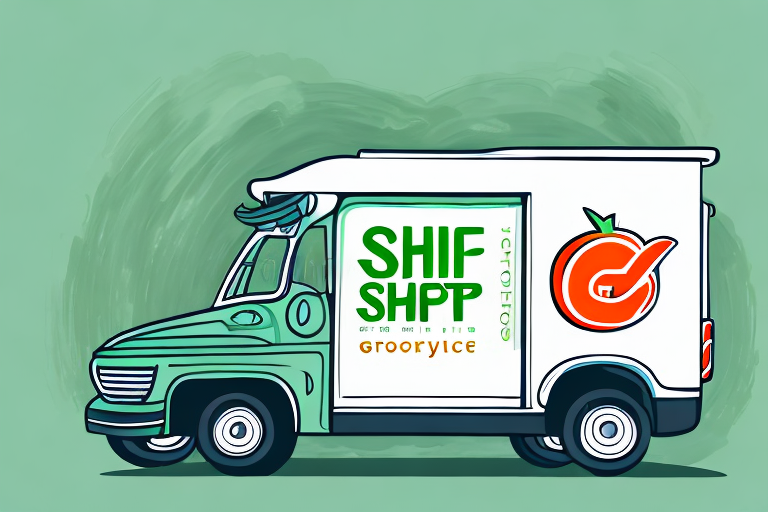Overview of Returning a Package with FedEx
If you are a frequent online shopper or seller, you may be familiar with the process of returning packages. When you choose to return a package to the shipper, understanding the policies and procedures surrounding the shipping carrier's return process is crucial. With FedEx, the process is straightforward and reliable. In this guide, we'll explore what it means to return a package with FedEx, reasons for returns, FedEx's return policy, associated costs, instructions to initiate a return, and tips for safely packaging and labeling your returned item.
Reasons to Return a Package with FedEx
There are several reasons why you might need to return a package with FedEx:
- Product Issues: Receiving a product that differs from its description, arrives damaged, or is defective.
- Change of Mind: Deciding to return a purchase because it doesn't meet expectations or requirements.
- Incorrect Item: Receiving an incorrect item due to shipping errors.
- Delivery Delays: Needing to return an undelivered package due to delays or address mistakes.
- Seller Errors: As a seller, sending the wrong product or receiving returns for the aforementioned reasons.
Understanding FedEx's Return Policy
Before initiating a return, it's important to familiarize yourself with FedEx's return policy. The policy outlines the terms and conditions for returning packages, including:
- Return Window: Typically, returns must be initiated within a specified period from the shipment date.
- Valid Reasons: Returns should have a valid reason, such as defective items or incorrect shipments.
- Return Services: FedEx offers various return services, including printed return labels, electronic labels, and call tags for package pickup.
- Shipping Charges: Costs vary based on package weight, dimensions, and destination. Some shippers may cover return shipping costs.
FedEx provides different return options to suit various needs:
- Print Return Labels: Include a pre-printed label in the original shipment.
- Electronic Return Labels: Receive and print labels via email.
- Call Tags: Schedule a pickup directly from the recipient's location.
How to Initiate a FedEx Package Return
- Contact the Shipper: Reach out to the seller or shipper to request a return label.
- Obtain the Return Label: Receive the label via email or mail.
- Prepare the Package: Use the original packaging if available, or use a sturdy box with adequate cushioning material.
- Attach the Label: Securely affix the return label to the package.
- Choose Pickup or Drop-off: Schedule a FedEx pickup or drop off the package at a FedEx location using FedEx's online tools.
Note: Some items, such as hazardous materials or items requiring special handling, may not be eligible for FedEx returns. Always verify with the shipper or FedEx before initiating a return.
Costs Associated with Returning a Package via FedEx
The cost to return a package with FedEx depends on several factors:
- Package Weight and Dimensions: Heavier and larger packages incur higher shipping fees.
- Destination: Domestic returns are generally less expensive than international returns.
- Shipping Speed: Ground shipping is cheaper than express or overnight options.
- Special Handling: Packages requiring special handling (e.g., hazardous materials) may incur additional fees.
Additionally, if the return is being sent to a remote location, extra fees might apply. Always check with FedEx or the shipper to understand the full cost implications before creating a return label.
Packaging and Labeling Tips for Safe Returns
- Use Original Packaging: If available, use the original box and packaging materials to protect the item.
- Secure the Item: Use bubble wrap, packing peanuts, or paper to cushion the item inside the box.
- Clear Labeling: Clearly print the shipper's address, your return address, and attach the tracking number.
- Double-Check Labels: Ensure all labels and shipping documents are correct and securely attached.
- Shipping Method: Choose an appropriate shipping method based on the item's fragility or value. Consider insuring the package if necessary.
Including a note explaining the reason for the return and any necessary documentation (e.g., return authorization number) can expedite the return process.
Tracking and Timing Your FedEx Returns
Tracking your returned package with FedEx is essential for peace of mind and ensuring timely refunds or exchanges. Use FedEx's online tracking tool to monitor your package's progress:
- Location Updates: See the current location of your package in real-time.
- Delivery Status: Receive notifications about the delivery status and any delays.
- Estimated Delivery Time: Based on the selected shipping method, estimate when the package will reach the shipper.
The delivery timeframe varies based on the shipping option chosen:
- Ground Shipping: Typically 1-5 business days.
- Express Shipping: Typically 1-3 business days.
- International Shipping: Varies by destination country and customs processing times.
Tracking also helps in coordinating with the shipper regarding refunds or exchanges, ensuring that the return process is completed smoothly and promptly.
Alternatives to Returning a Package with FedEx
While FedEx provides reliable return services, there are alternative options for returning packages:
- Other Shipping Carriers: UPS, DHL, and USPS offer their own return services with varying costs and delivery times.
- Retailer-Provided Returns: Many retailers offer free or discounted return shipping through their websites or third-party services.
- In-Store Returns: Some retailers allow online purchases to be returned at physical store locations, which can be convenient and immediate.
- Third-Party Return Services: Dedicated services specialize in handling returns for multiple retailers, providing additional convenience.
When choosing an alternative, consider the return policies, shipping costs, and convenience factors to select the best option for your needs.
Common Issues When Returning with FedEx and How to Avoid Them
Returning packages with FedEx can be smooth, but some common issues may arise:
- Incorrect Labels: Mistakes in the shipping label can result in lost or delayed packages. Always double-check label information.
- Improper Packaging: Inadequate packaging can lead to damage during transit. Use proper materials to protect the item.
- Delayed Transit: Factors like weather, technical issues, or incorrect routing can delay delivery. Choose reliable shipping options and track your package.
- Ineligible Items: Certain items are not eligible for FedEx returns. Verify eligibility before initiating a return.
To avoid these issues:
- Ensure accurate labeling and address information.
- Use FedEx's packaging guidelines to prepare your return.
- Choose the appropriate shipping method and schedule pickups in advance.
- Track your return package to stay informed of its status.
Conclusion
Returning a package with FedEx is a manageable process that involves understanding the return policy, initiating the return correctly, securely packaging and labeling your item, and tracking its progress. By following the guidelines and tips provided in this guide, you can ensure a smooth and efficient return process with FedEx.
Before initiating a return, always read and understand the carrier's return policy, compare shipping options, and verify package details to avoid any issues. Additionally, for valuable or fragile items, consider purchasing additional insurance or using specialized packaging to protect your items during transit.
FedEx offers a range of return options, including drop-off at FedEx locations, scheduling a pickup, or using pre-paid shipping labels. Explore all available options to find the most convenient and cost-effective method for your return needs.








